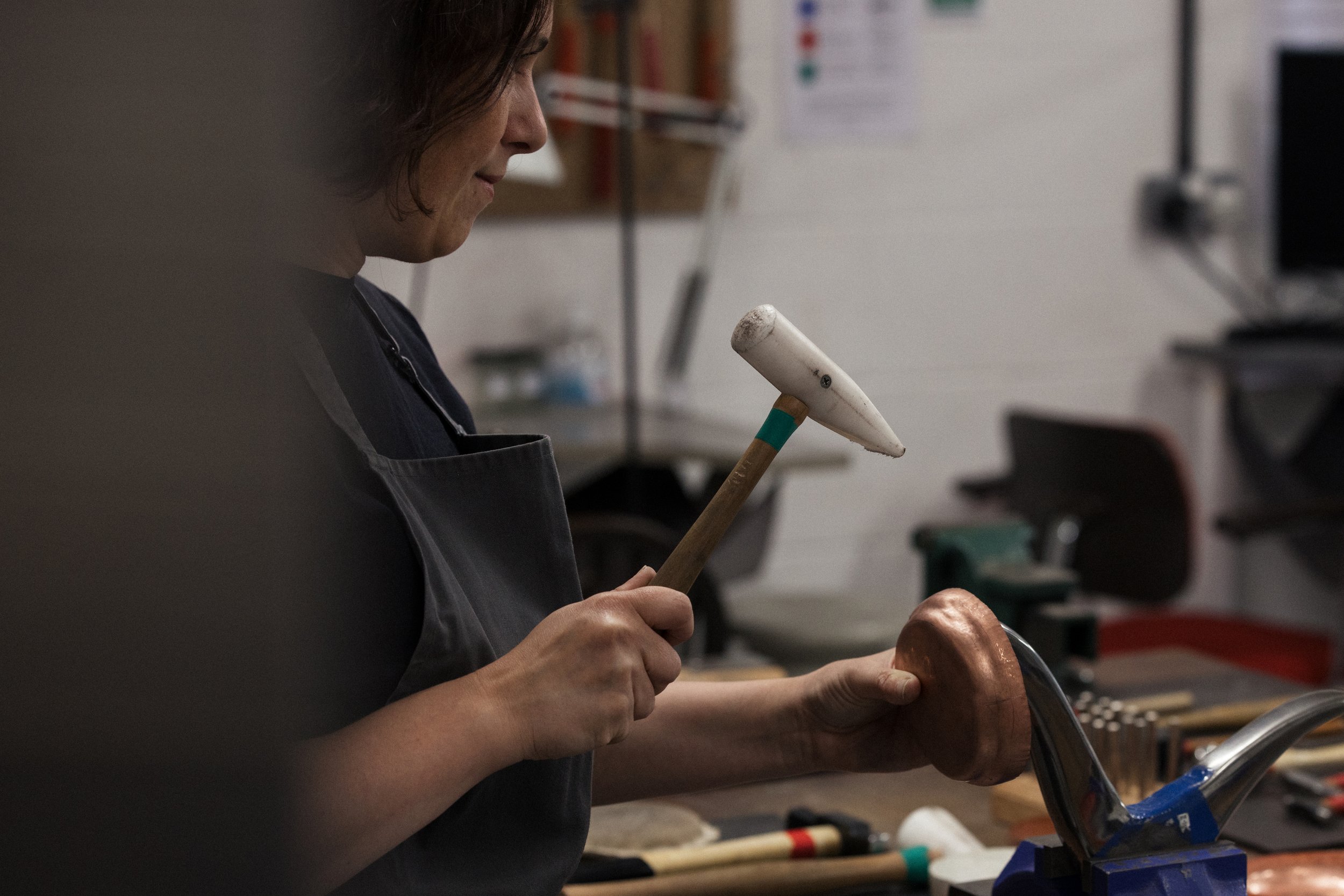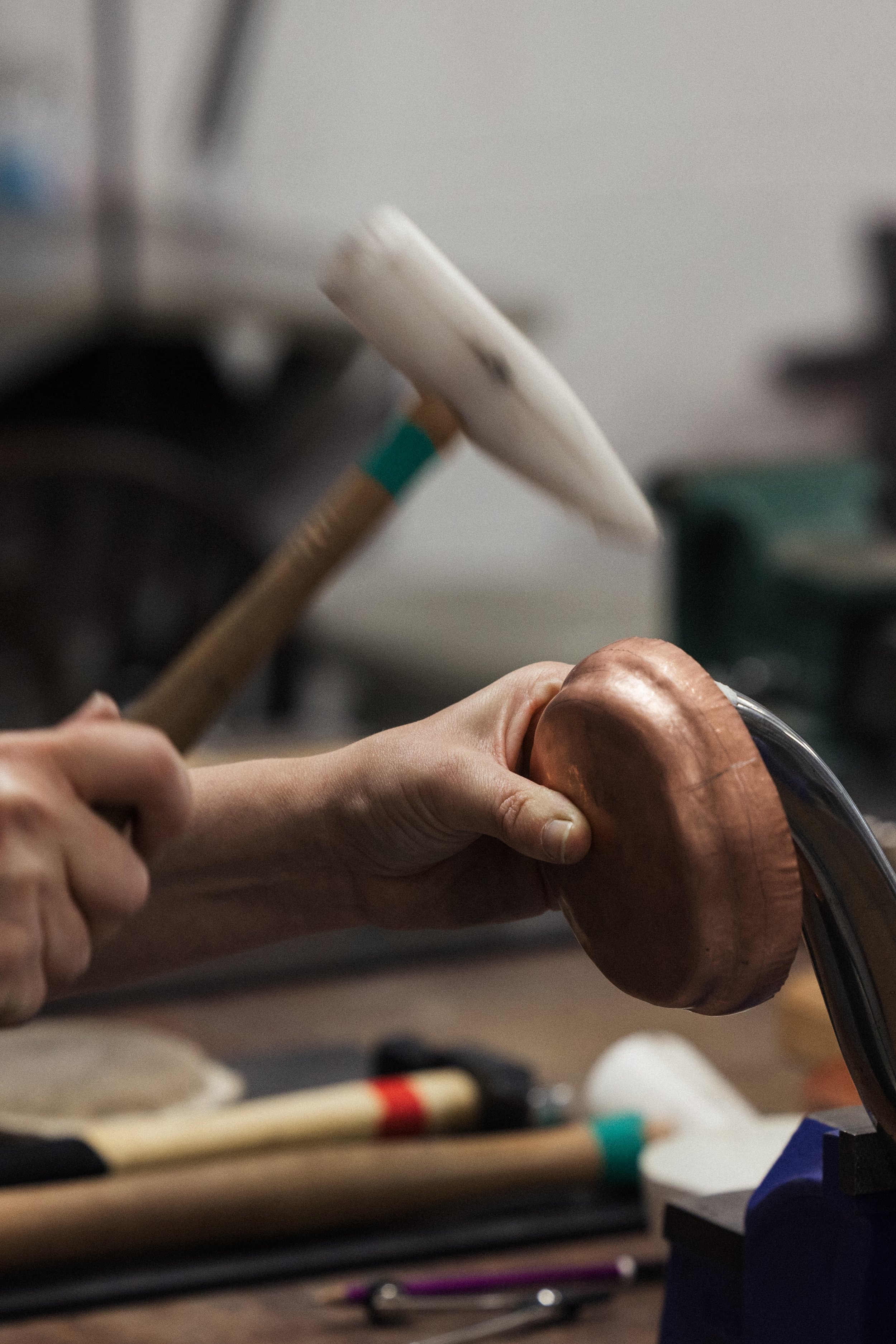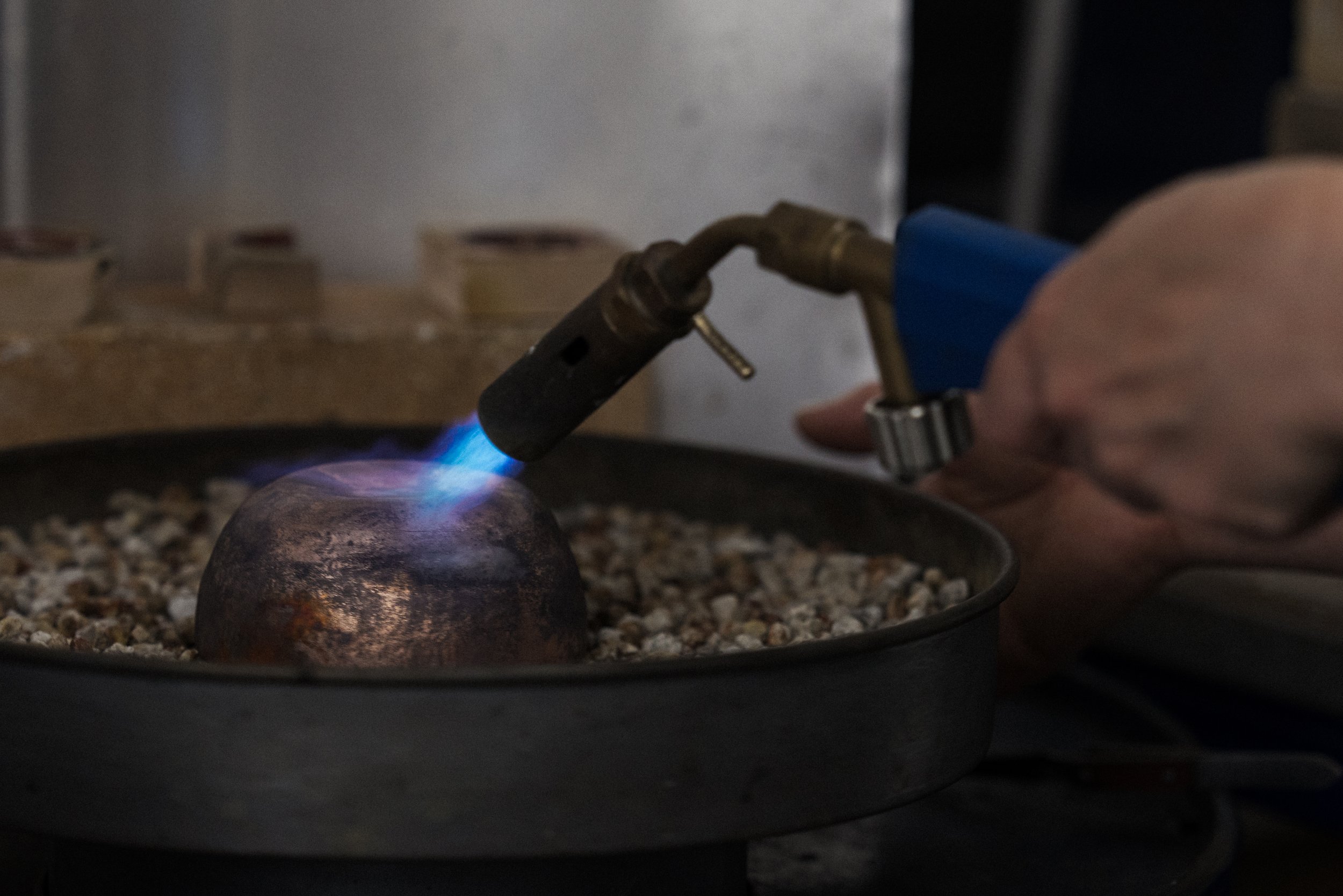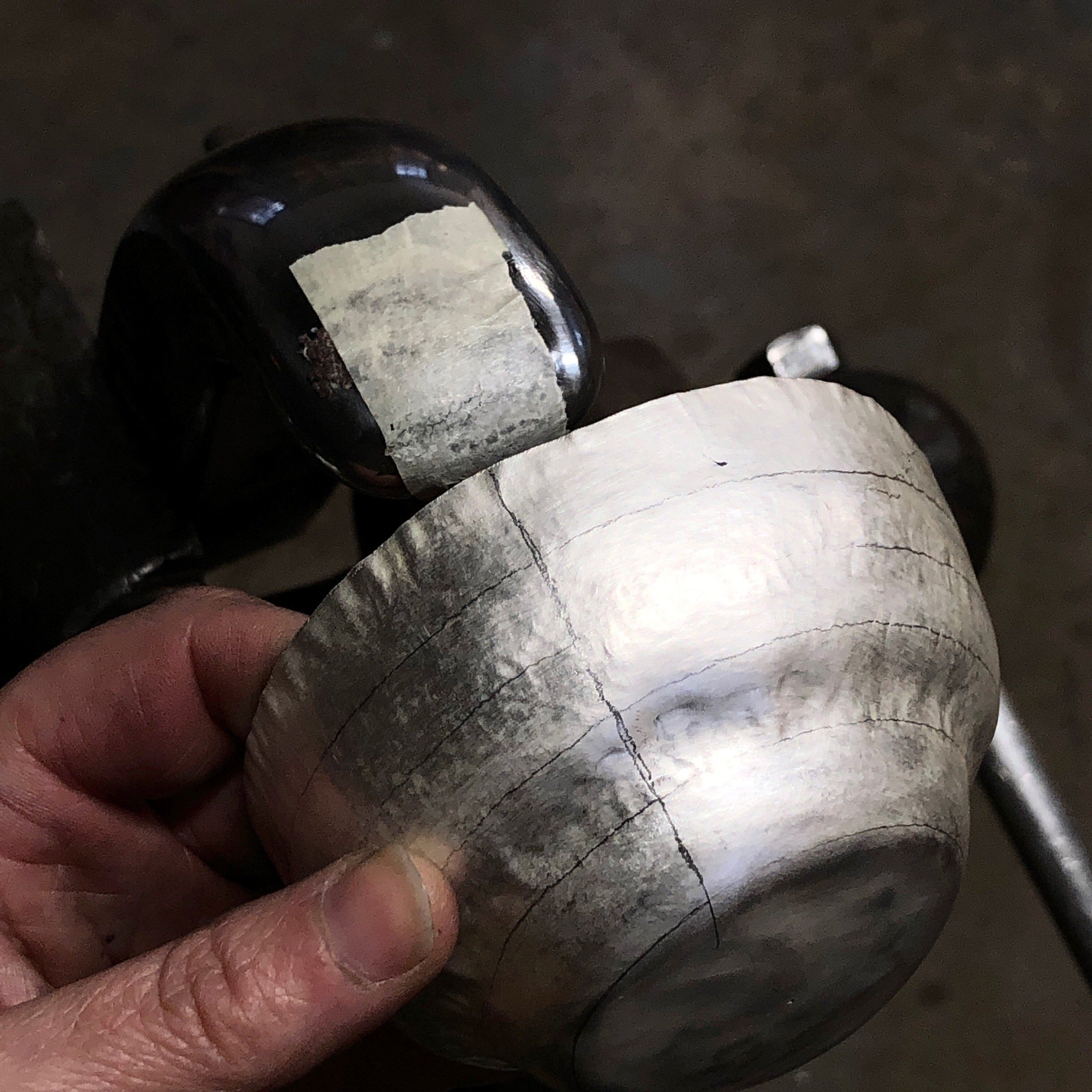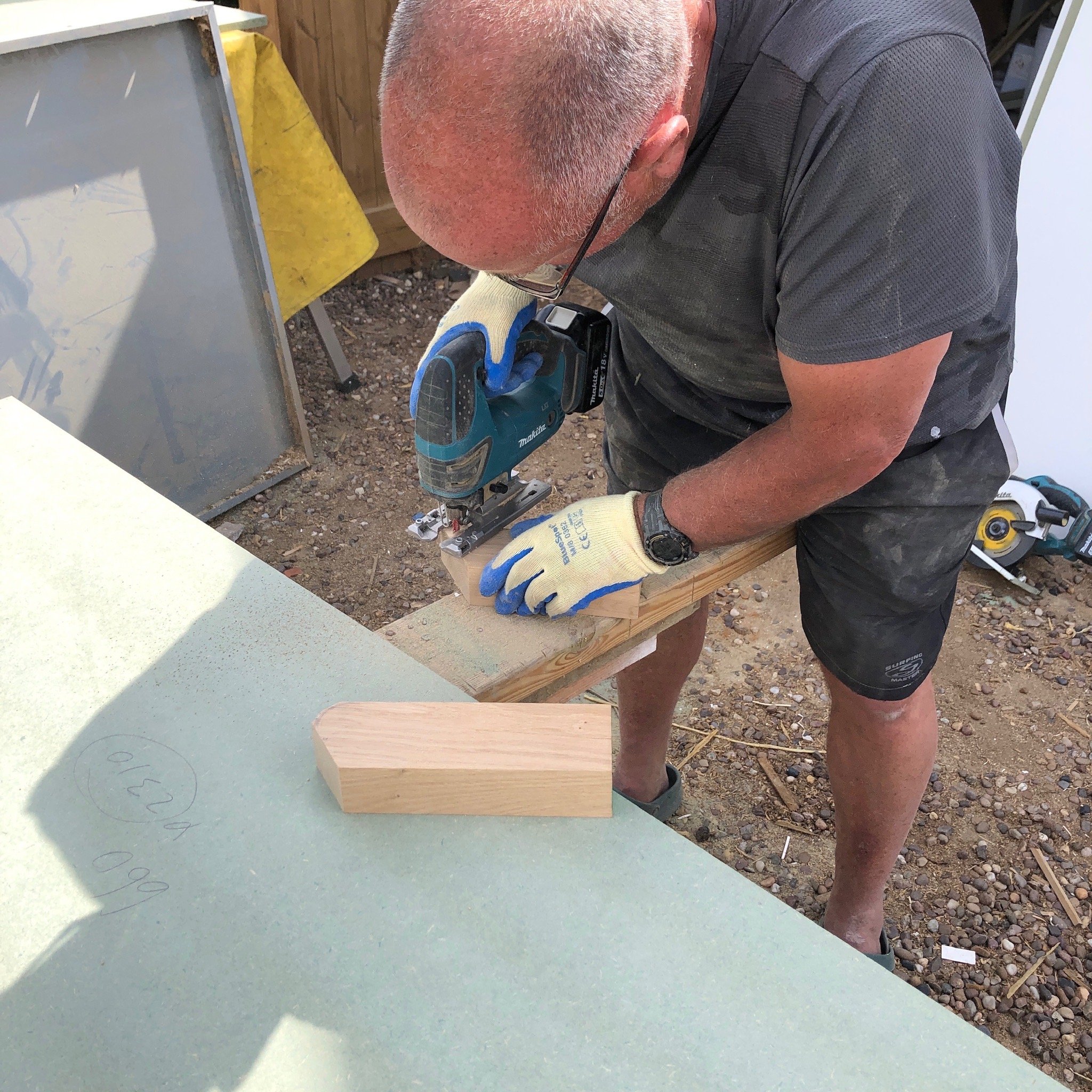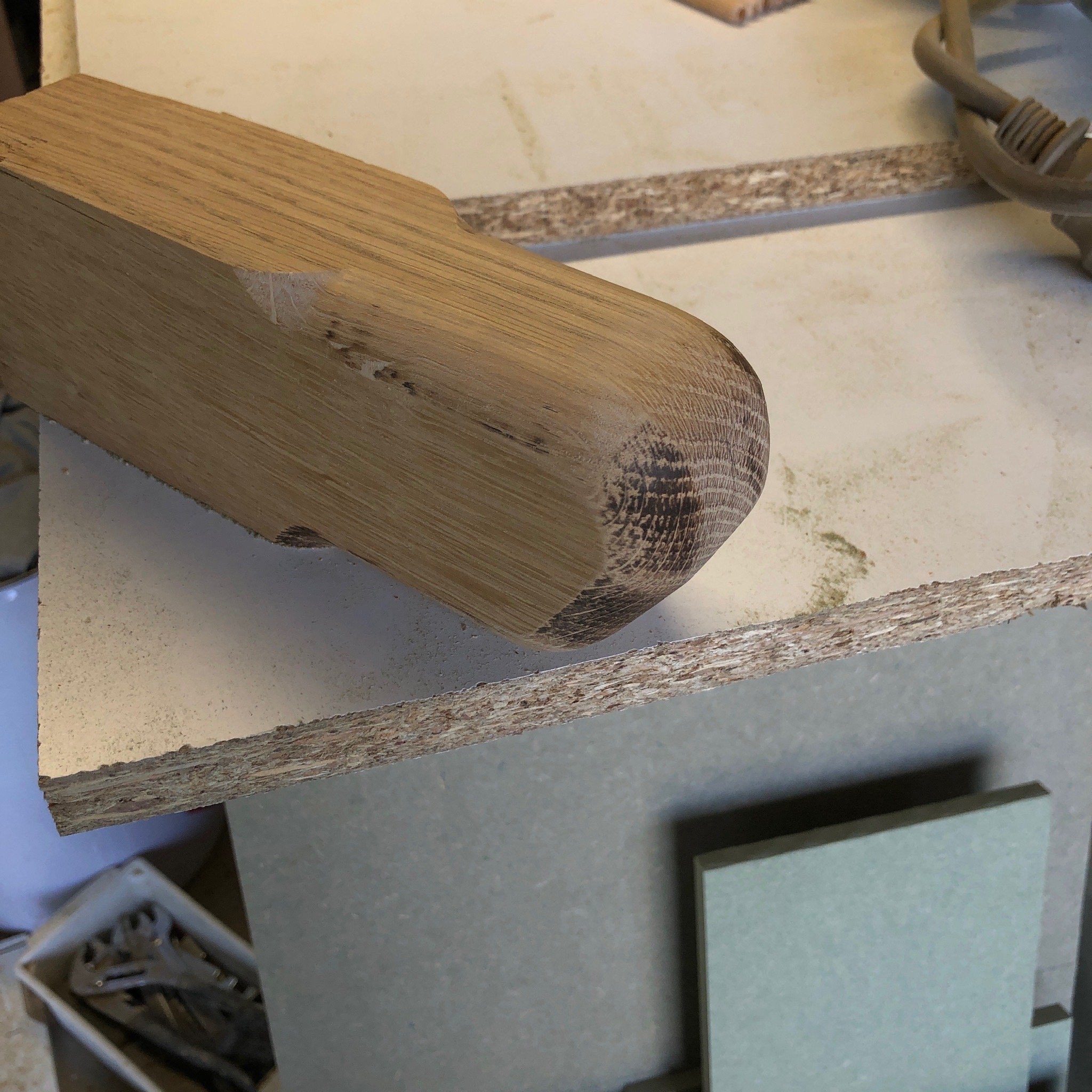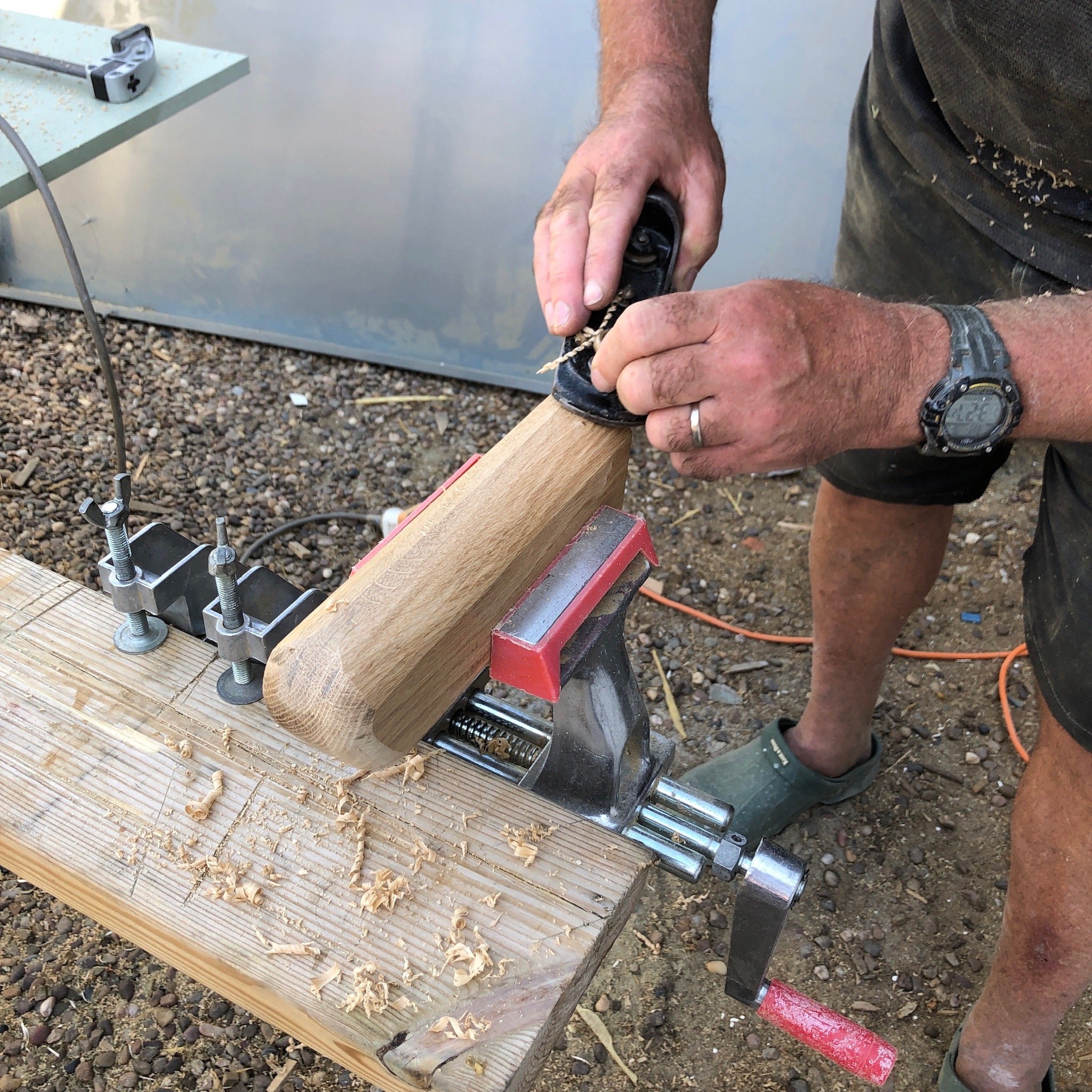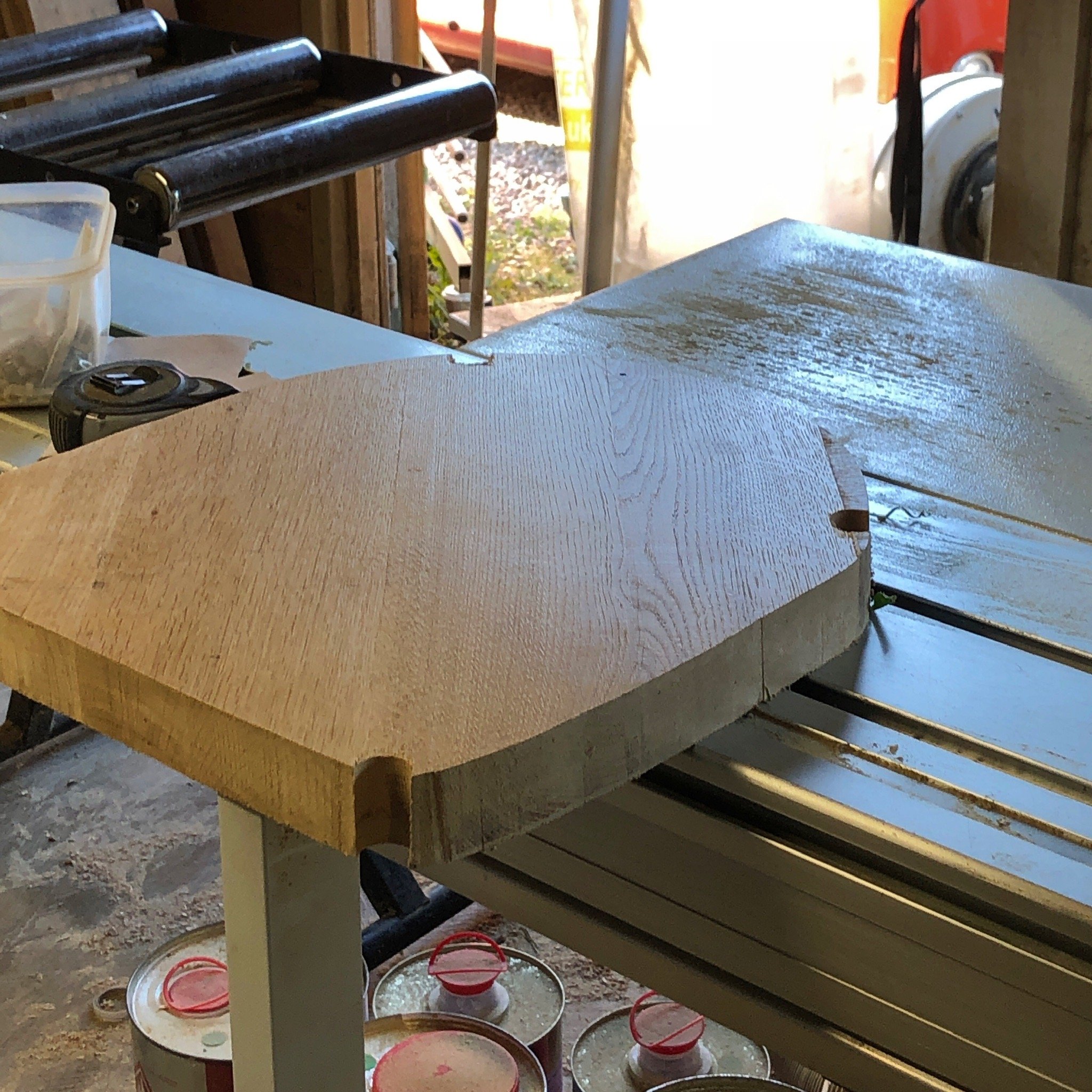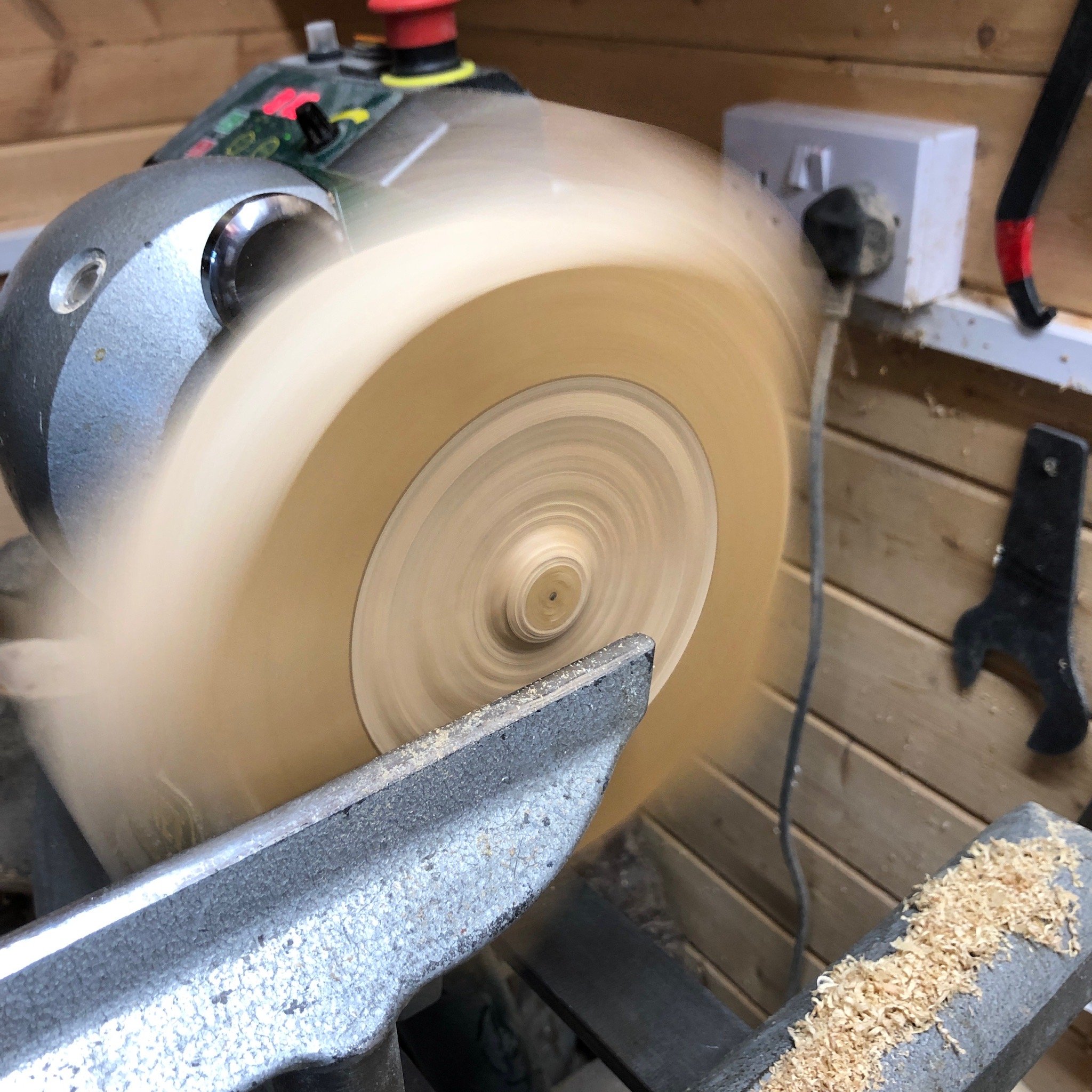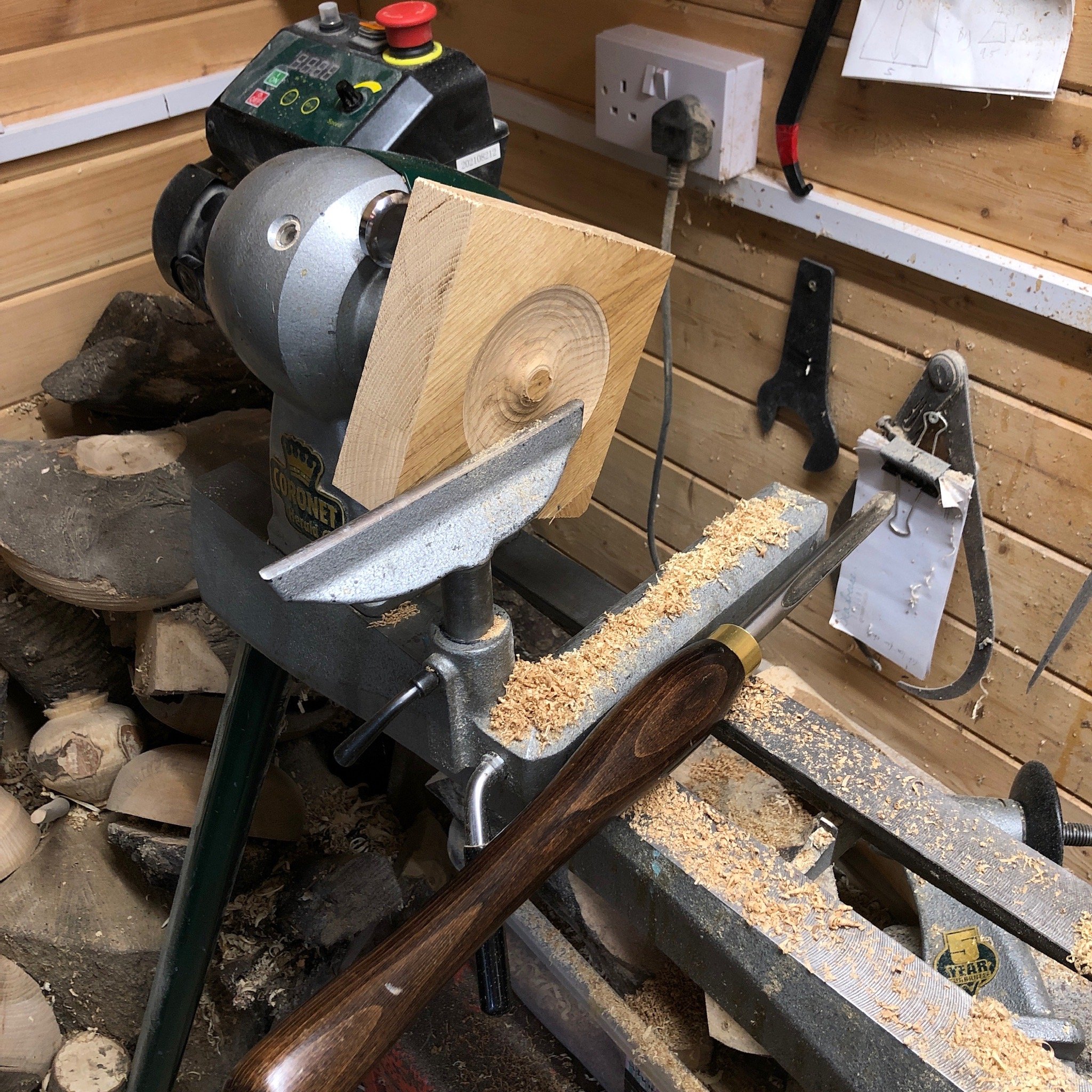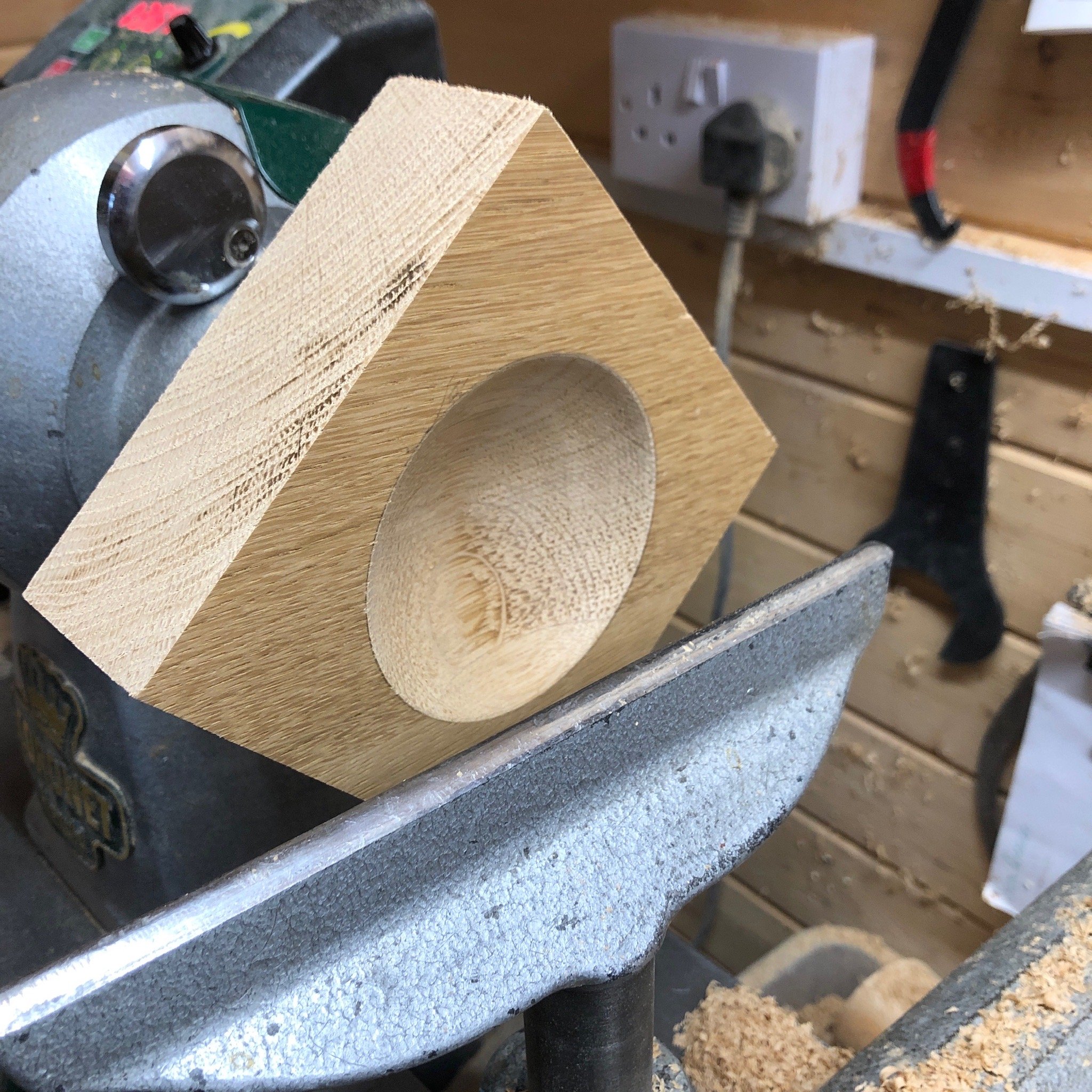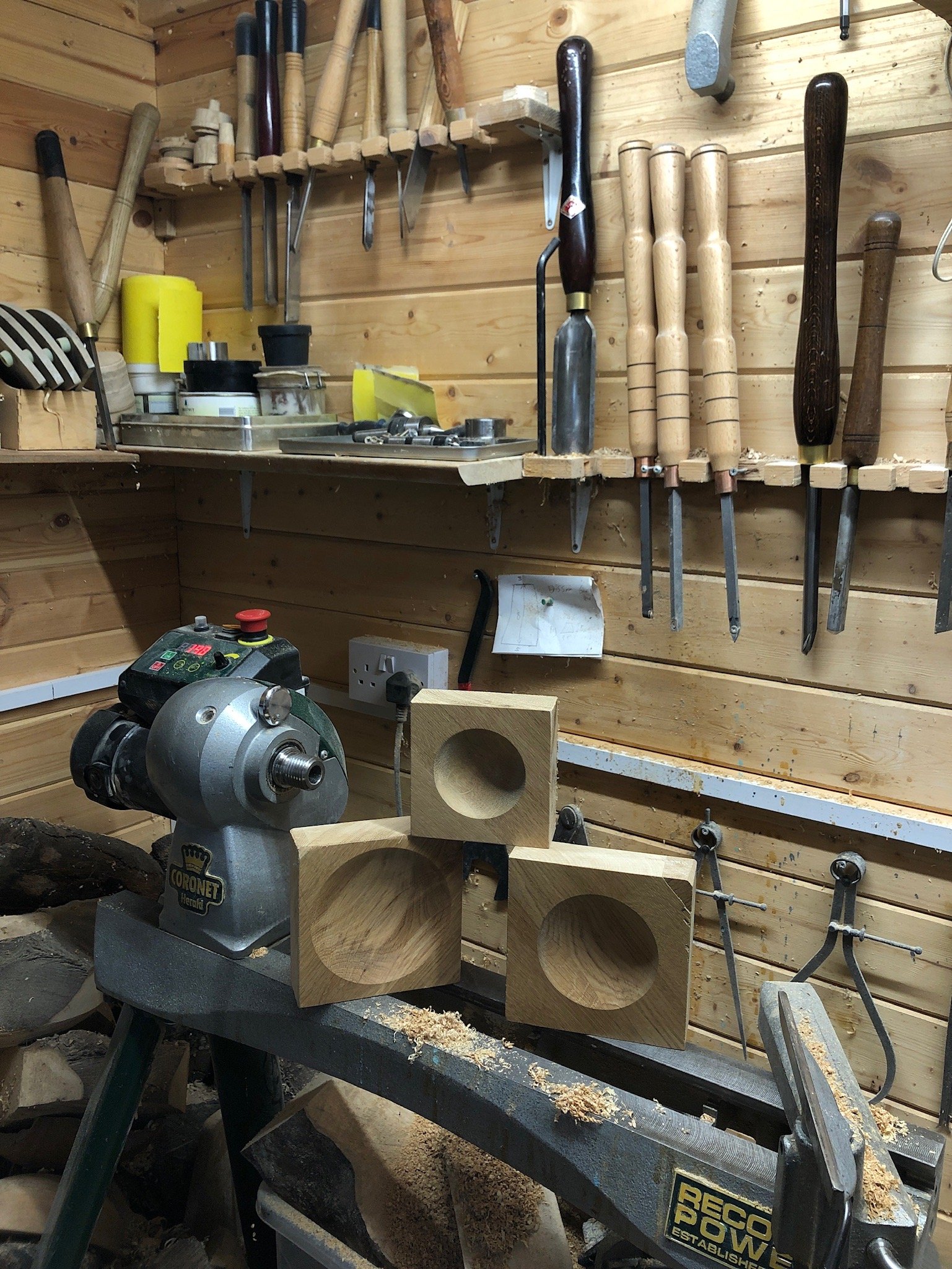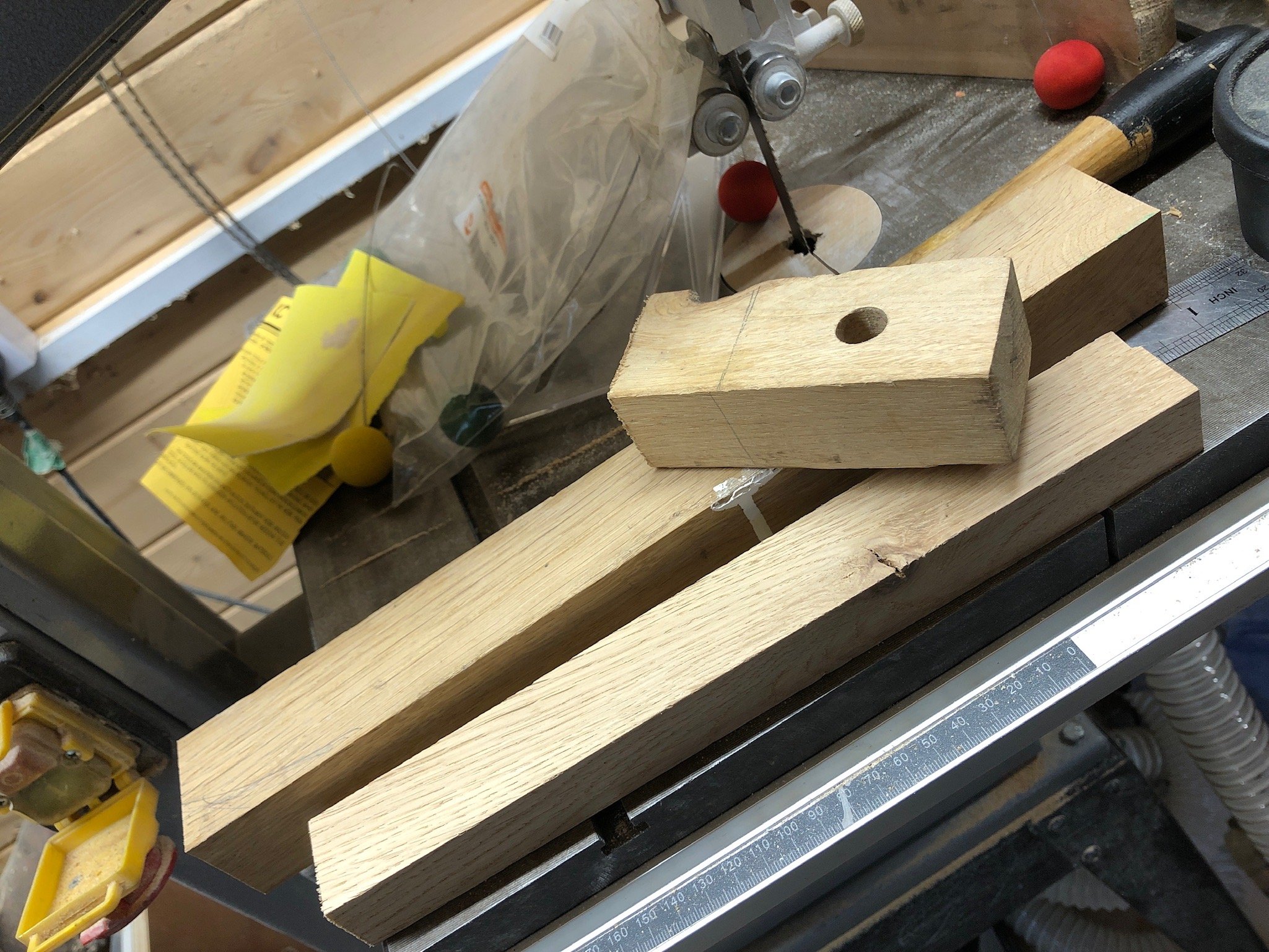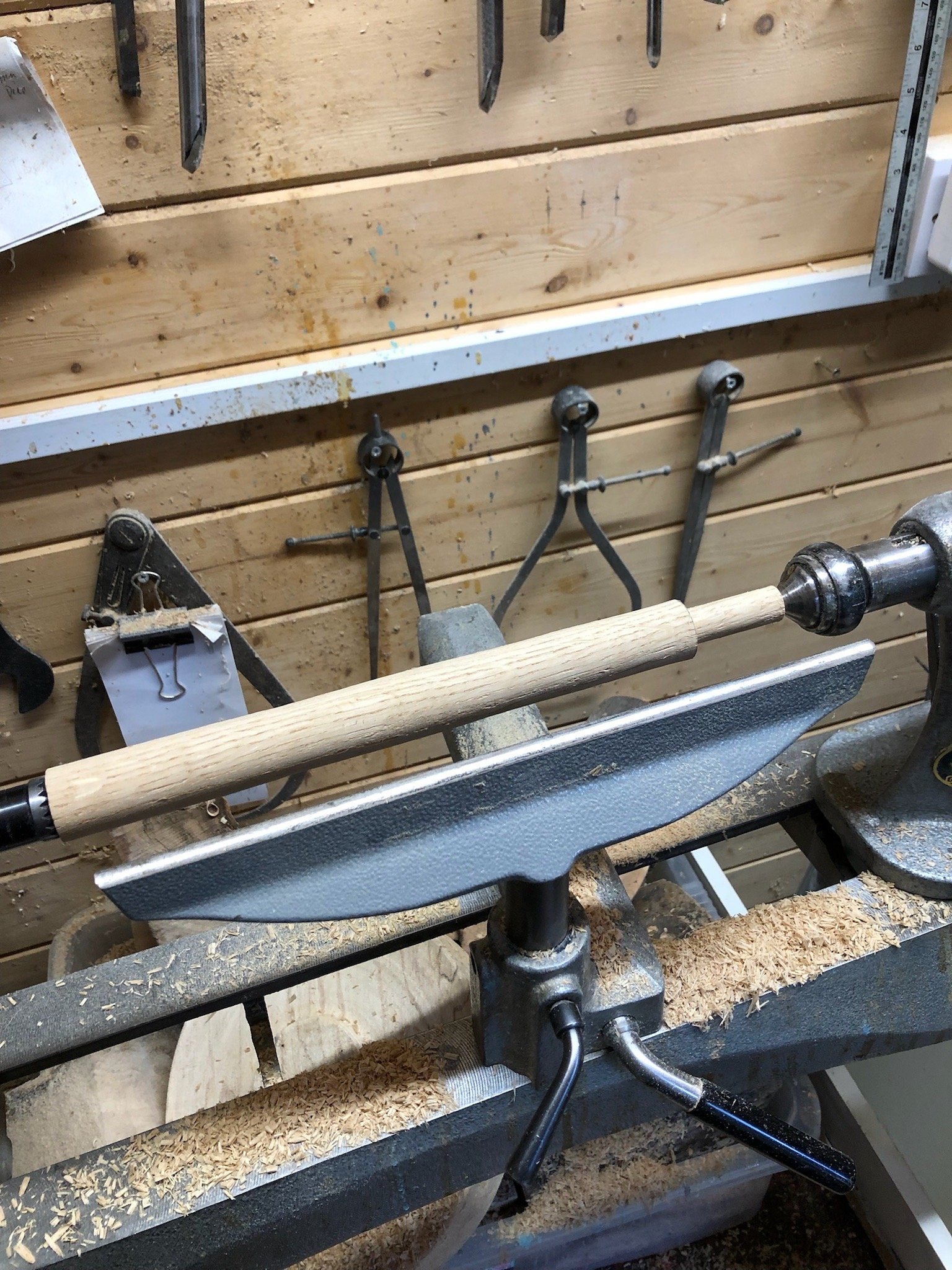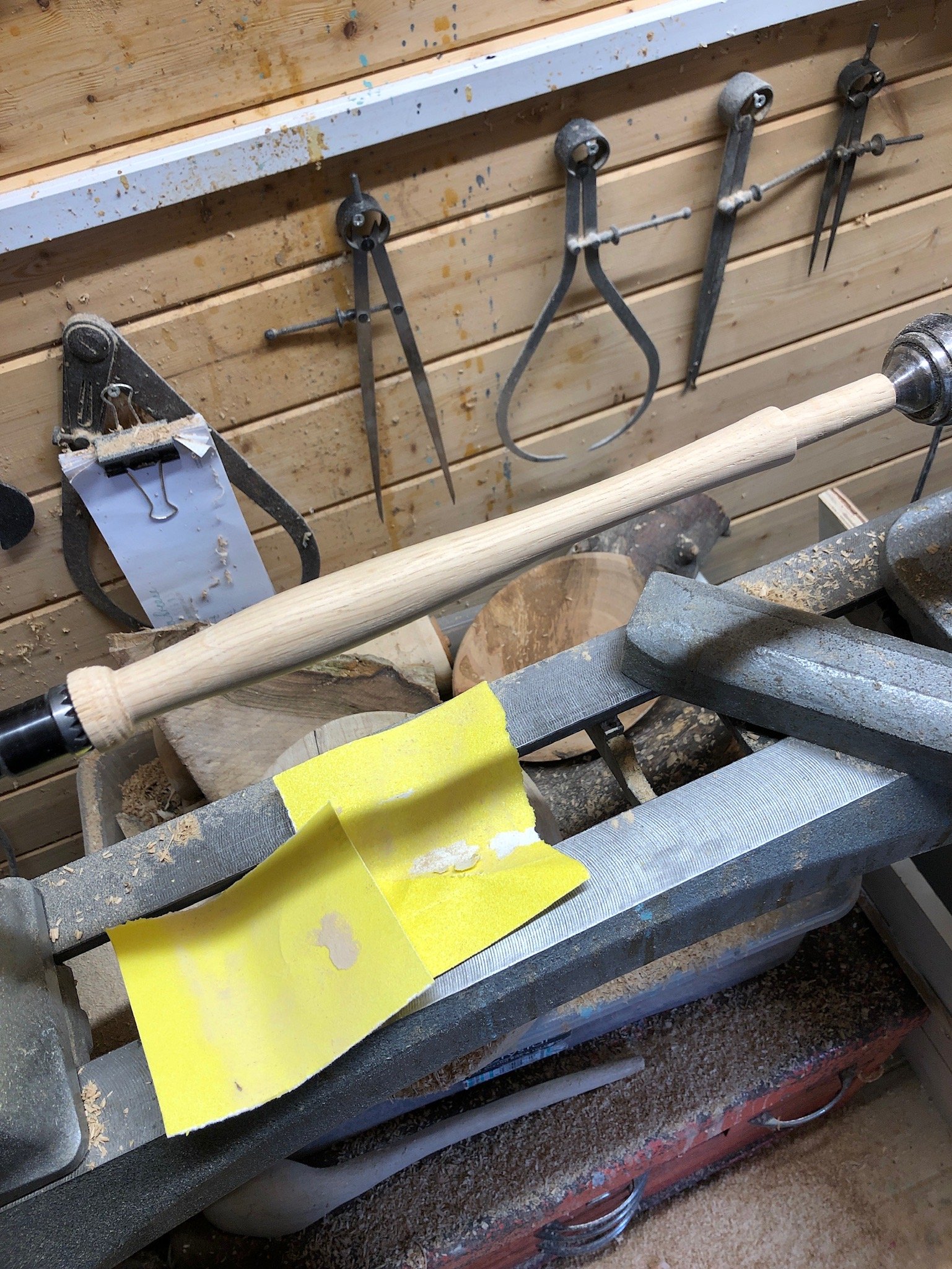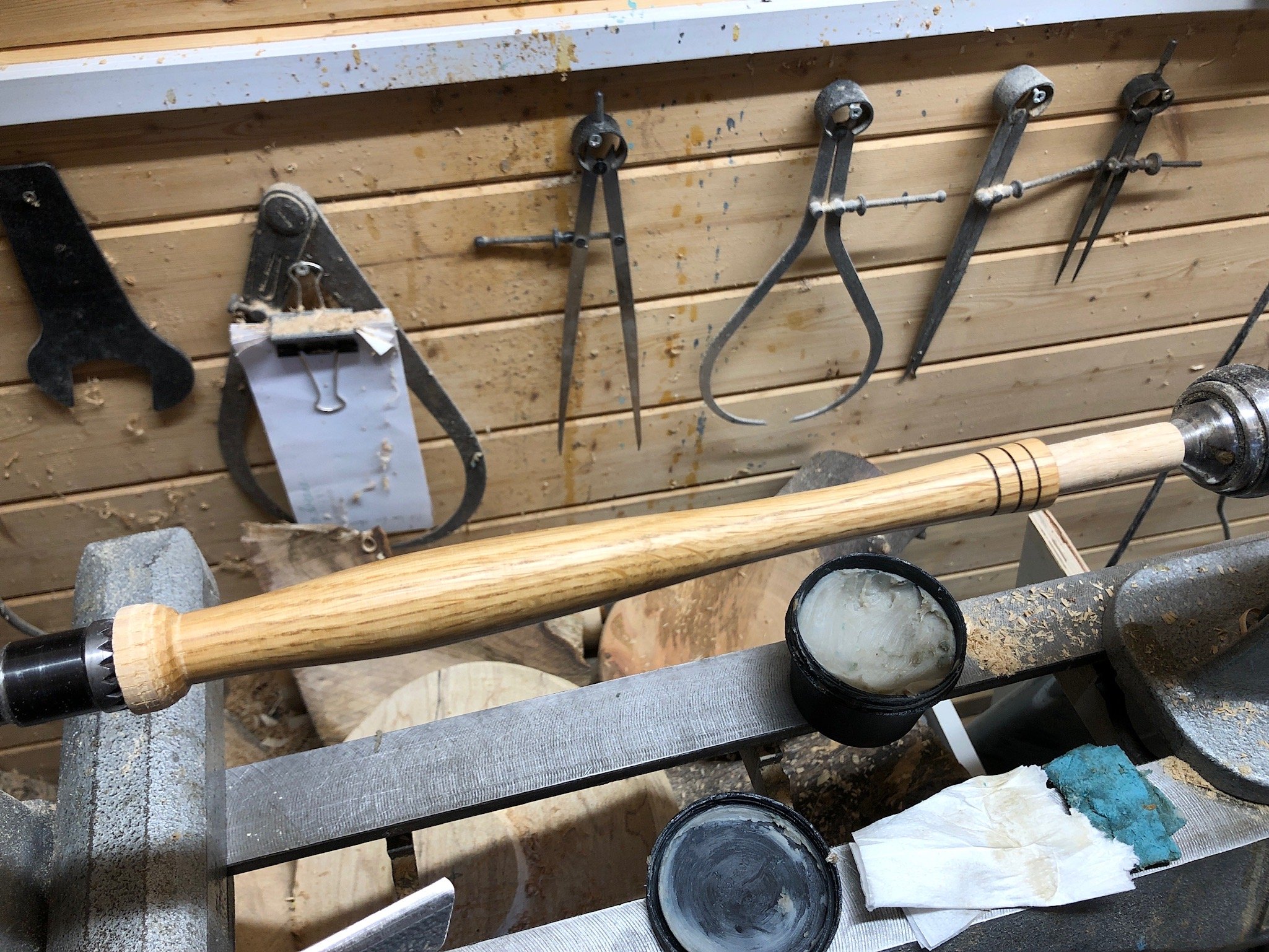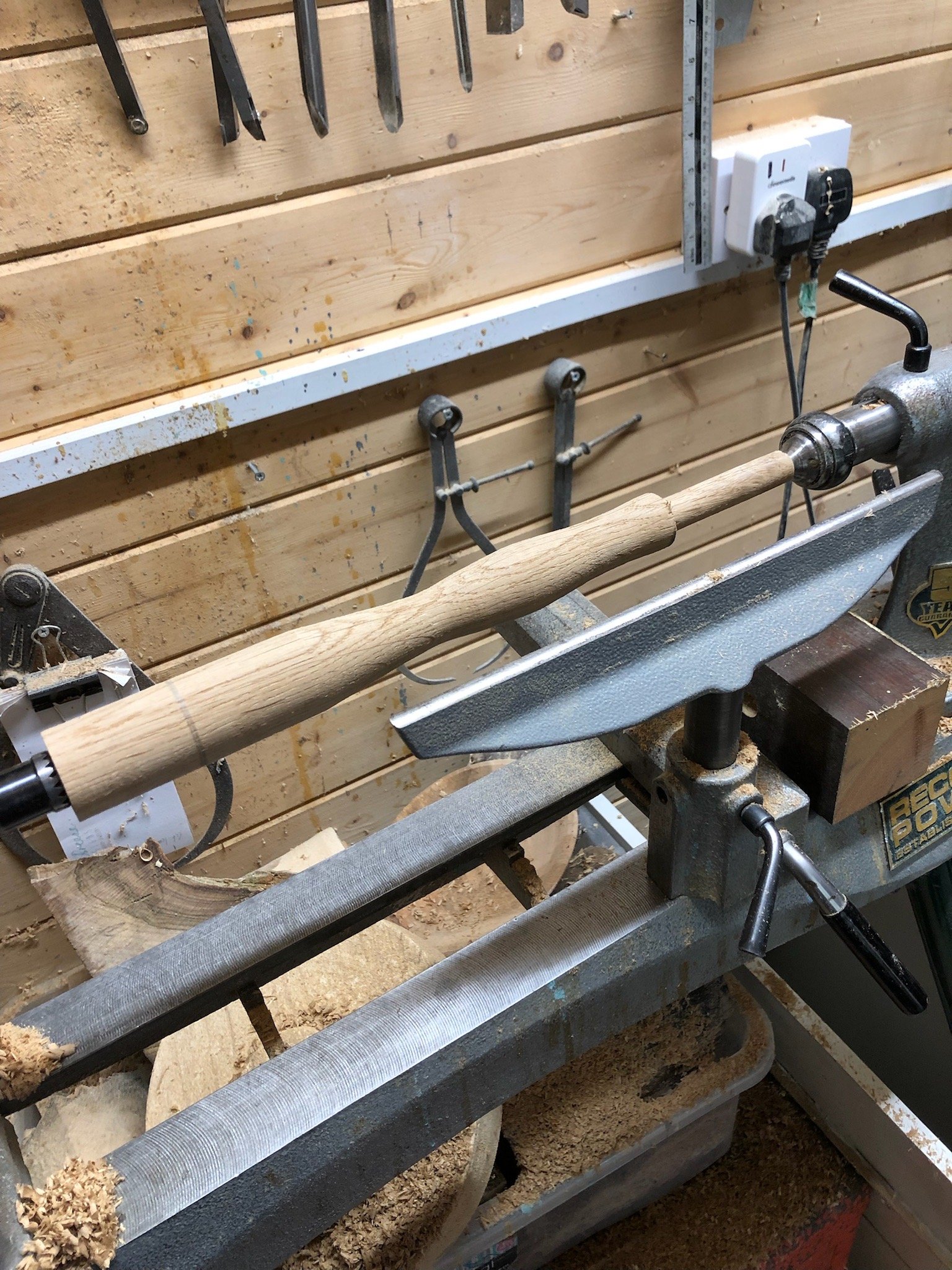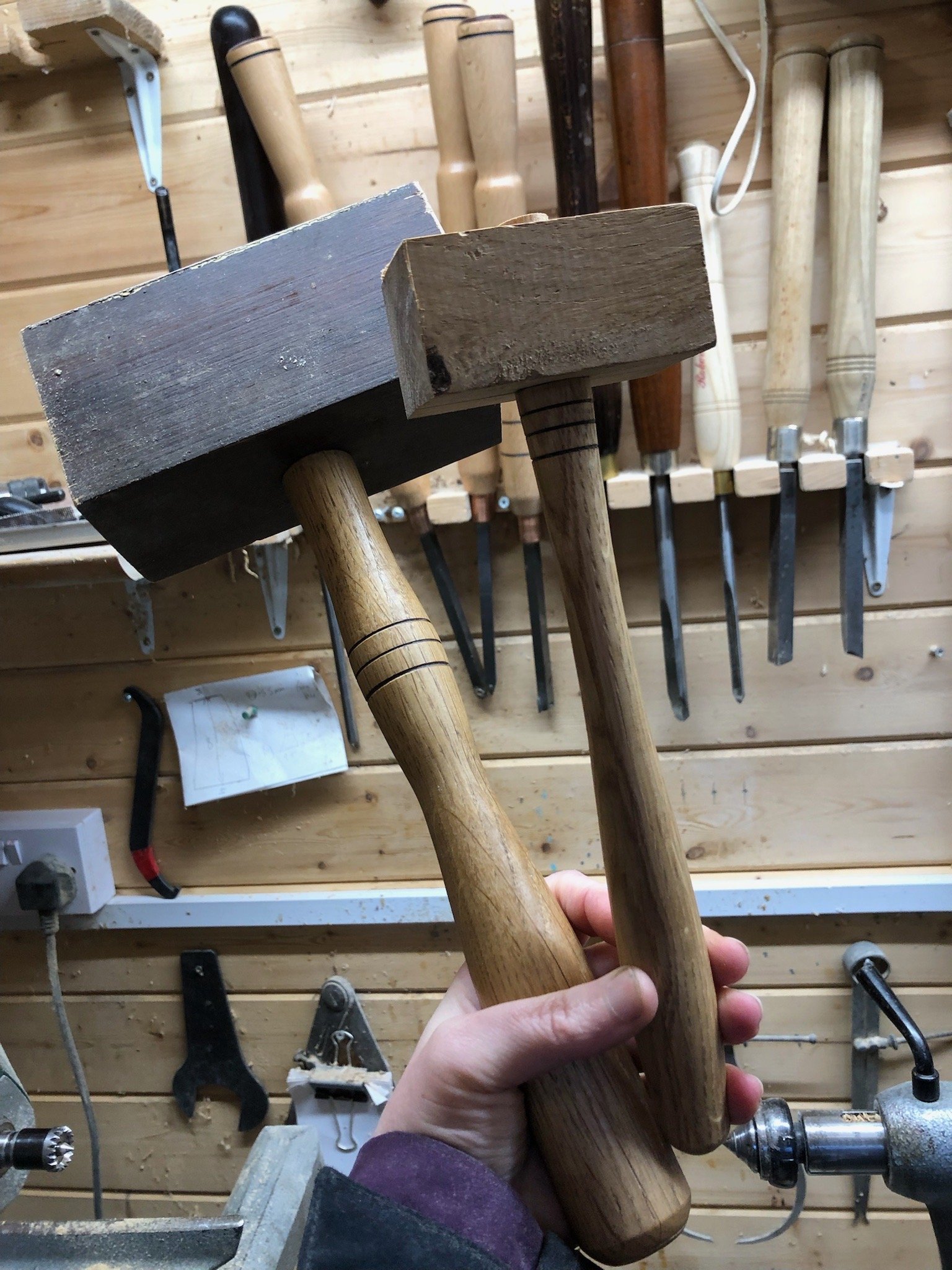DYCP - hammer raising part 2.
Hammer raising practice continued…
Following the hammer raising workshop I attended last spring I had so many ideas about how I would continue my practice of hand raising. The key word here is PRACTICE, which Adrian reiterated many times during my time in his workshop. So I returned to the workshop in Sheffield with plans of making 10 of the same thing, for starters. However, things very rarely go to plan! I was also trying to get to grips with using the Go pro to document my process, so the actual making was hindered slightly.
Evaluating!
Part of the process for me was reviewing the footage I have captured with the Go pro and realising I am definitely not a film maker!! However, I don’t need to be a film maker because I know a really good one. I used this experience to observe what I am doing when making and learn from it. I will continue to do this as it is really useful to be able to step back and review how I can improve my technique.
Tools fit for purpose - make your own.
One of the things I had spoken to Adrian about before I went to the workshop was about having the appropriate tool for the job and sometimes this means making it yourself. This inspired me to include making some of my own tools as part of the project. So when I entered Adrian’s workshop I was very aware of the tools either adapted or made by him, with the help of engineers and other skilled people, and I took notes.
I wanted make a few tools to start with, including some sinking blocks, raising stakes and mallets. I had already arranged to go and visit my dad’s workshop, he is a cabinet maker, for offcuts of wood that I could make use of and sourced some delrin (hardwearing plastic). My dad helped me to shape the wood for the stakes and I visited a local wood turner who was so helpful in showing me how to turn out the forms for the sinking blocks and how to spindle turn for the handles of my mallets. Now that I have some insight into wood turning I have so many more ideas of other tools I want to make.
Inspired by some of the tools I used in Stobo, the wooden blocks here were just for fitting the handle, the finished mallets have Delrin heads.
Adapting to a different approach!
Having spent some time practicing this slightly different way of hand raising and starting to use some of my new tools I can see a future for continuing to use this technique in my practice. I have found this application much less strenuous and time consuming and although it is still a slow process, it is the only way I want to create some of my work. This way of working means that every strike of the hammer or mallet is making an impact on the form.
Various stages of copper vessels - all hammering starts from the outer edge, gradually moving further inwards with each round of raising, meaning every hit is effective!

